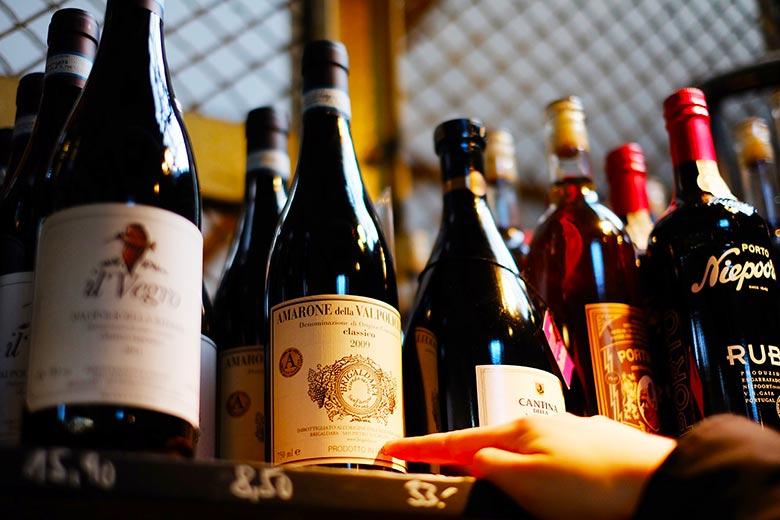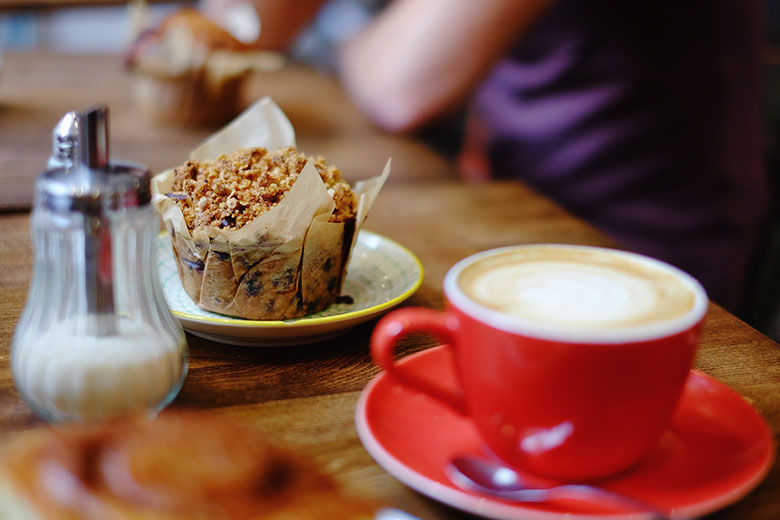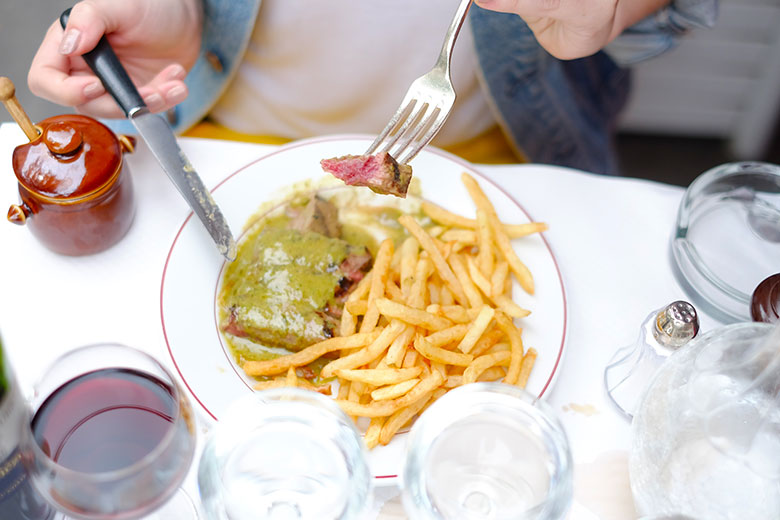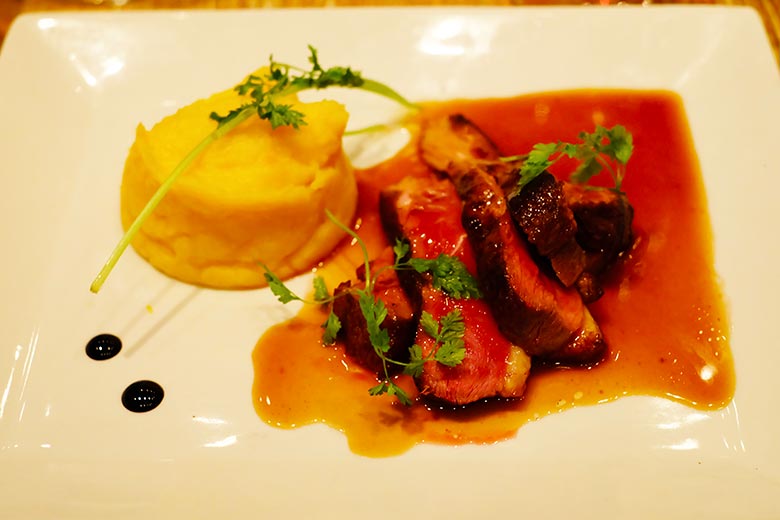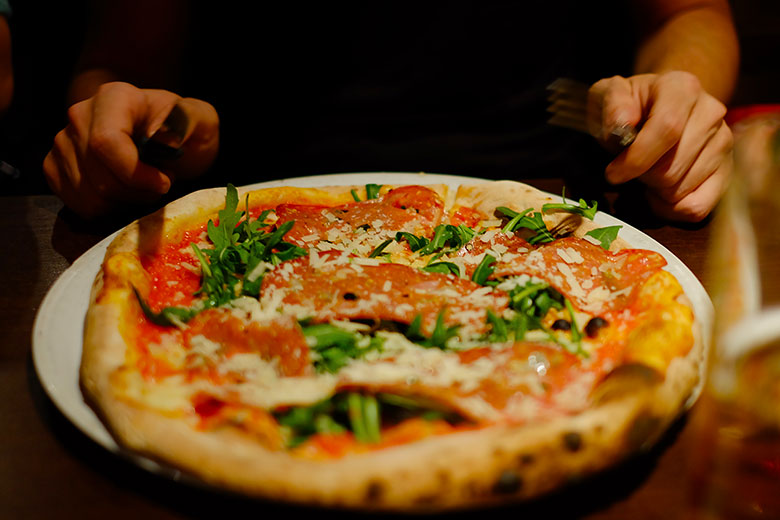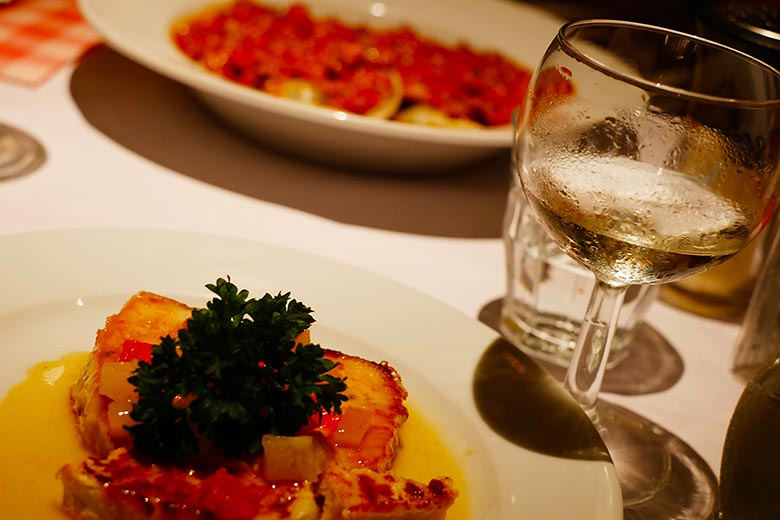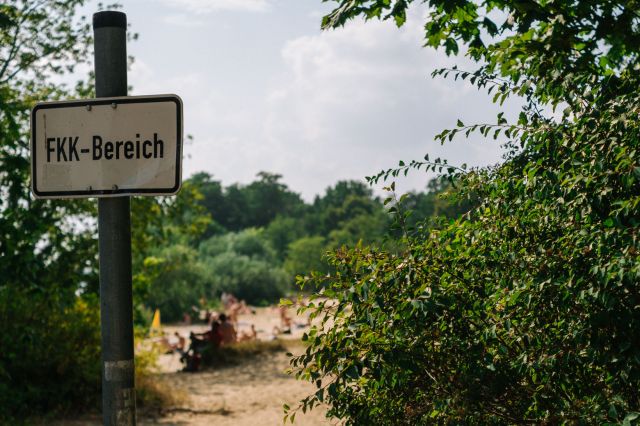I like to think I’m a civilized person.
Alright, I’ve done it wrong already by spelling “civilized” with a “zed”. But English aside, I think I’m relatively well-cultured. I’ve read some books, seen some “films”, been some places. But this feeling was completely erased by my move to Europe. I feel like a savage eating next to these people!

What do I mean? Well, for one, I’ve always had a problem with taking bites that are too big for my face. Chalk it up to a character flaw. But, for example, utilizing eating utensils or basic table manners – I thought I had that down. It is simply not so. The average Johann in Germany consumes his food like a prince in comparison to me – carefully constructed bites deftly composed with his fork in his left hand. Just, what?!
While I still have a long way to go – I have learned a lot. Not just about new silverware (WTF there is a special fork for fish?!) but also about what good food really is.
Read on for my gastronomical revelations and all that living in Europe has taught me about food and eating!
Wine is meant to be cheap
When I first moved to Europe, I was looking up and down the shelves of wine in disbelief.
“Where is all the good wine??"
Scanning the pricies, every bottle within sight was under 5 euros, and here I was prepared to spend fifteen. Am I in hell – or paradise? Turns out I was missing out on one of central Europe’s best-kept secrets:
The wine here is cheap. And it is good.
Some of the fanciest wine you can find and still well-priced! – Berliner Naschmarkt.
I’m not exactly sure why the wine here is so less expensive. Could it be that California just feels much more self-important than the major wine-producing regions of France? Or is it simply a matter of supply and demand, where Europeans are producing way more wine than America? I’m not sure, but I’m also not mad.
Also: Your average French person does know all about wine
It’s not a stereotype – it’s a birthright. And if you’re lucky enough to dine with a Frenchman or Frenchwoman, just let them choose.
Teaspoons and tablespoons are real spoons
In my very first German apartment, I had cracked open a container of ice cream and went hunting for a spoon. It was furnished apartment, so perhaps it was foolish of me to think that it would be a trip to the cultery drawer like any other in my life.
I put my hand into the drawer, and gingerly extracted a single spoon, all the while completely in awe of its miature size.
Do Americans have bigger spoons than everyone else??
This was my first encounter with the venerable teaspoon. If you’re not American, you might know that a teaspoon is a spoon for tea. You use it to fish a tea bag out of your freshly brewed tea. Because you actually drink tea regularly, unlike me.
Turns out, there were “normal” spoons in the back of the drawer, but I managed to survive for the better part of the month with teaspoons alone. As you can imagine, it’s difficult.
It no longer surprises me when I’m baking with a German and a recipe calls for a tablespoon of sugar, and the German pulls out any ole spoon from the drawer and acts like we can “just use” it.
You’re supposed to eat with the fork in your left hand (and a butter knife in the right)
Endearingly referred to as the “zig-zag” by the English, switching your fork and knife between hands when cutting your food is a big No-No across the pond.
To be honest, I am still learning how to be dexterous enough to navigate my left hand to my mouth, especially if I’ve had a lot of coffee that day. It makes me wonder whether all Europeans are moderately ambidexterous from all that left-hand practice.
About the butterknife – europeans can cut just about anything with a butter knife. Vegetables, chicken, you name it. A “real knife” is exclusively reserved for steak, and sometimes pizza.
Normal people eat duck
My first experience eating duck was on a cruise ship at the age of 15. I think it was my parents’ anniversary. Since then, I can hardly recall having seen it on a menu or advertised at all. That was, until I moved to Europe.
Duck. is. everywhere! What makes duck strange is that you see ducks just swimming around in the river, crossing the road, doing what ducks do – on a daily basis. You don’t see cows or pigs or chickens like that. But, like I said, ducks are everywhere.
Back to eating – part of prevalence of duck is due to the sheer inundation of Thai and Vietnamese restaurants in Berlin, but another part has to be the French influence. All I can say is that living here for too long is going to negatively affect my arteries!
Eating an entire pizza by yourself – is a thing
There are a lot of ideas floating around about what it is that makes Europeans less likely to be overweight than Americans. Given that one of the dominant theories is simply, “portion control”, imagine my surprise as an American at a table full of people ordering entire pizzas for themselves. How can you stay slim while you eat a pizza solo?!
The missing detail is that Italian pizzas are much flatter than American pizzas (though not quite this weird “super thin crust” thing we’ve got going on). I’ve since trained myself to eat an entire pizza and it’s awesome.
Italian food, I knew it, is not real
American Italian food is, for the most part, a sad immitation of the real deal. Allow me to describe how my preconceptions about Italian food were swiftly shattered:
- Fettuccine Alfredo IS NOT REAL – More commonly you will find Tagliatelle, but it sure as hell won’t be covered in a freaky cream sauce. More likely, truffle shavings. Yes, Italian food is fancy, too.
- Powdered Parmesan is ALSO NOT REAL – If you also thought that powdered cheese was unnatural, you’re not alone. Real parmesan (pronouncd: par-me-zan, not par-me-shawn) is cut from a wheel and grated like any other hard cheese.
- Breadsticks – you guessed it. NOT. REAL! – Instead, real Italian restaurants give you a whole bowl of delicious fresh bread for you to dip in olive oil. Mmmmmm.
Eat it while it’s in season or don’t eat it at all
In America, we have the unfathomable luxury of having access to seasonable produce at any time of the year. Winter squash in summer? Sure! Asparagus in the winter? Why not! Strawberries year round? Well how can you make strawberry pancakes without strawberries??
In Europe, it is simply not so. We are slaves to the seasons, eating whatever happens to have been harvested recently. I wait anxiously for my squash and Spargel (asparagus) every year, and then eat it on a weekly basis until it’s disappeared forever.
In Germany, asparagus season is especially celebrated, with restaurants offering full-blown “Spargel menus”. The same can be said about truffle season, squash season, peach season, fig season, rhubarb season, and basically any fruit. “Farm to table” is not a trend in Europe – it’s a fact of life.
Not to be so paranoid about food safety
There are so many rules about at what point food becomes “unsafe”. Dairy can stay out for two hours, meat for one, etc. After that, everything must be refridgerated!!!
But since moving abroad, I’ve become a lot less concerned with trifling matters such as these, just as Europeans tend to be. They’re comfortable leaving things out, eating uncooked meat, even drinking unpasturized milk?? All sorts of madness, yet somehow they survive.
